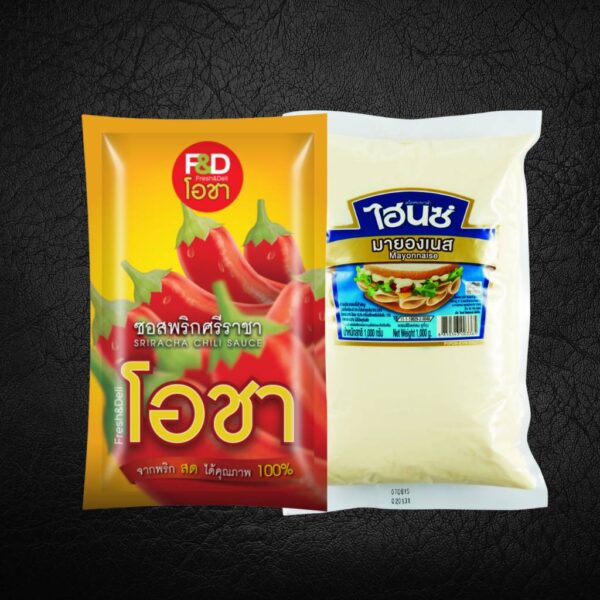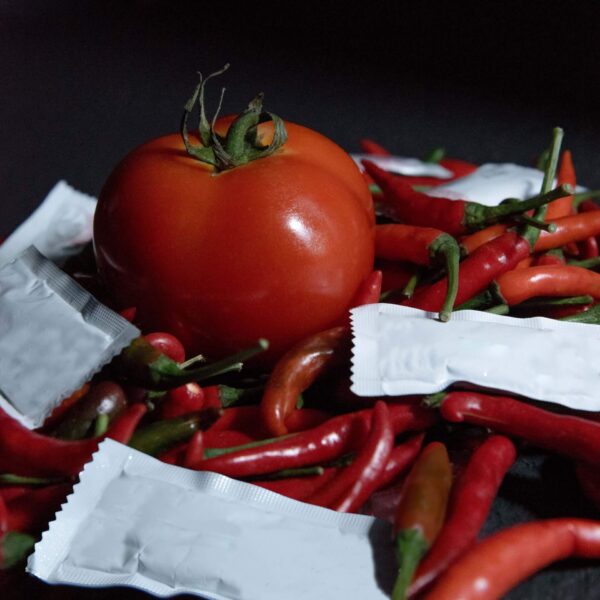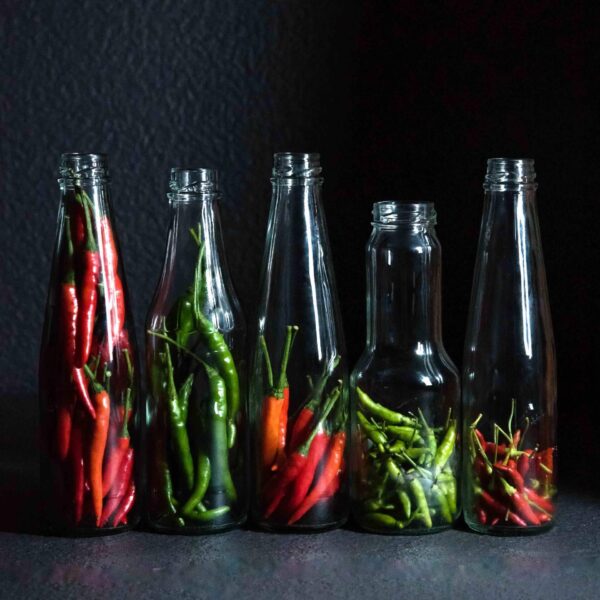Sustainable Packaging: A Responsible Choice for a Greener Future
Sustainable packaging has emerged as a crucial alternative in the packaging industry, prioritizing the use of natural materials throughout the production process. Its primary objective is to minimize the environmental impact generated by the supply chain in various packaging sectors. This encompasses sustainable forestry practices and manufacturing processes, while ensuring that the packaging itself fulfills its essential functions:
1. Product Safety: Safeguarding the product from damage, spoilage, and contamination during transportation, storage, and handling.
2. Quality Preservation: Maintaining the product’s quality and ensuring its shelf life as intended.
3. User Convenience: Providing ease of use and handling for consumers.
The development of sustainable packaging should commence at the design stage, adhering to the principles of the 4Rs:
1. Reuse: Encouraging the repeated use of eco-friendly packaging materials, effectively reducing waste and resource consumption. For instance, repurposing delivery boxes for office supplies.
2. Reduce: Promoting the judicious use of available resources, ensuring that packaging is employed appropriately, aligns with its intended purpose, and complies with environmental sustainability principles. This facilitates waste reduction, eliminates unnecessary consumption, and promotes environmentally friendly disposal methods. Replacing plastic bags with paper bags is an example, as paper biodegrades more readily and does not contribute to air pollution during disposal.
3. Repair: Extending the lifespan of packaging materials by mending damaged items, preventing them from ending up in landfills and contributing to the waste stream. For example, repairing torn cardboard boxes with sturdy adhesive tape or utilizing alternative packing materials in conjunction with the repair process to restore the box’s functionality.
4. Recycle: Transforming used packaging into new products through the recycling process. This involves activities such as converting paper pulp into packaging for cups, manufacturing shock-absorbing materials, and melting PET plastic packaging into pellets for textile production.
Sustainable packaging represents a collective effort to minimize environmental harm while upholding product integrity and economic viability. By embracing these principles, we can transition towards a more sustainable future for the packaging industry and the planet as a whole.


















